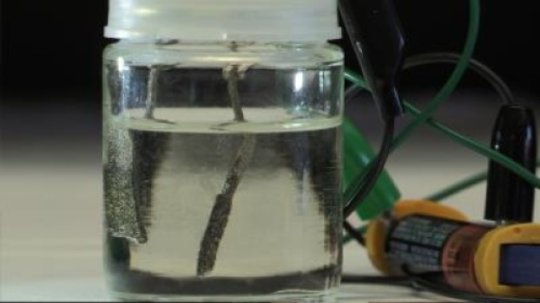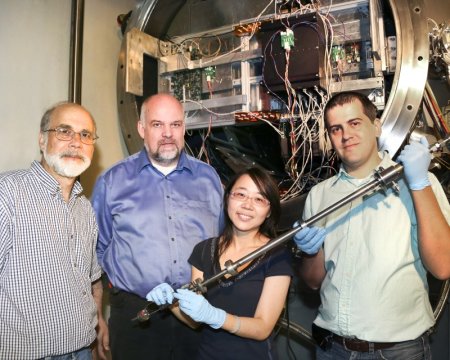Scientists at the University of Liverpool have shown that deep sea fault zones could transport much larger amounts of water from Earth’s oceans to the upper mantle than previously thought.
Water is carried mantle by deep sea fault zones which penetrate the oceanic plate as it bends into the subduction zone. Subduction, where an oceanic tectonic plate is forced beneath another plate, causes large earthquakes such as the recent Tohoku earthquake, as well as many earthquakes that occur hundreds of kilometers below Earth’s surface. Read more






